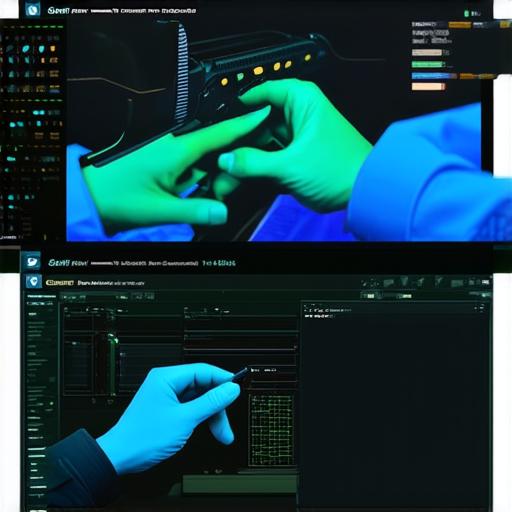1. Experience Level
If you’re new to game development, it’s generally a good idea to start with 2D. This is because 2D games are typically simpler to create and require less technical skill than 3D games. With 2D, you can focus on learning the basics of Unity, such as scripting and game logic, without being overwhelmed by the complexity of 3D.

2. Game Type
Another factor to consider is the type of game you’re planning to create. If you’re creating a platformer or side-scrolling game, for example, 2D is likely the best choice. These types of games are typically easier to create in 2D and can be just as engaging as their 3D counterparts. On the other hand, if you’re planning to create an action-adventure game or a first-person shooter, 3D may be a better choice. These types of games often require more complex graphics and physics simulations, which are easier to achieve in 3D.
3. Budget
Finally, consider your budget when deciding whether to start with 2D or move on to 3D. 3D games can be more expensive to create, as they require more advanced hardware and software. This can be a major barrier for many game developers, especially those who are just starting out. If you’re working with a limited budget, it may be best to start with 2D and gradually move on to 3D as your skills and resources allow.
In conclusion, whether you should start with 2D before moving on to 3D in Unity depends on a variety of factors. If you’re new to game development or have a limited budget, it’s generally a good idea to start with 2D. However, if you’re planning to create a more complex game that requires advanced graphics and physics simulations, 3D may be the better choice. Ultimately, the decision is up to you and depends on your specific goals and resources.




